

Vol. 38 (Nº 36) Año 2017. Pág. 2
K.D. TOIBAYEV 1; A.S. TAUBALDIYEVA 2; K.A. NAURUZBAEV 3; D.K. JARTAEVA 4; T.G. JUNUSSOV 5; G.T. KASSABEKOVA 6; G.B. ALDABERGENOVA 7
Recibido: 08/06/2017 • Aprobado: 15/06/2017
ABSTRACT: Currently, the most rational solution of the problem of environmental pollution by sewage of light industry finishing enterprises is the introduction of new integrated technologies for separate treatment with the re-circulation use of treated water in technological processes. The effective operation of water treatment facilities is ensured, first of all, by their qualitative design. The design loads on the technological scheme of treatment in general and on each element of treatment facilities should at least be correctly calculated, based on the accepted pollution indicators of original, treated and circulating water. The determination of these loads on each facility is of paramount importance when solving the problem of project rationalization, optimization and technological modeling. The most rational solution would be to obtain a universal method for calculating the loads on treatment facilities, regardless of the variety of technological schemes and the initial indicators of wastewater. This is possible only on the basis of drawing up the tasks of project optimization, technological modeling and solving the equations of material balances of re-circulating technological systems. |
RESUMEN: Actualmente, la solución más racional del problema de la contaminación ambiental por las aguas residuales de las empresas de acabado de la industria ligera es la introducción de nuevas tecnologías integradas para el tratamiento separado con el uso de recirculación del agua tratada en procesos tecnológicos. El buen funcionamiento de las instalaciones de tratamiento de agua se asegura, en primer lugar, por su diseño cualitativo. Las cargas de diseño en el esquema tecnológico de tratamiento en general y en cada elemento de las instalaciones de tratamiento deben ser calculadas correctamente, basándose en los indicadores de contaminación aceptados de agua original, tratada y circulante. La determinación de estas cargas en cada instalación es de suma importancia para resolver el problema de la racionalización de proyectos, optimización y modelización tecnológica. La solución más racional sería obtener un método universal para calcular las cargas en las instalaciones de tratamiento, independientemente de la variedad de esquemas tecnológicos y los indicadores iniciales de las aguas residuales. Esto sólo es posible sobre la base de la elaboración de las tareas de optimización de proyectos, modelización tecnológica y resolución de las ecuaciones de balances materiales de sistemas tecnológicos recirculantes. |
Currently, it is extremely important to develop scientifically based, universal and highly efficient water supply and process wastewater treatment systems in order to create environmentally friendly re-circulating systems in enterprises (Toibayev and Taubaldiyeva, 2016).
The quality, safety and cost of manufactured products largely depend on the quality of water and the organization of the water industry of an industrial enterprise. In addition, it is necessary to creatively generalize all the experience accumulated in this field and create a theoretical basis for a fundamentally new approach to solving the problems posed by life with the help of mathematical and functional models of treatment.
The main source of the environmental hazard of light industry finishing enterprises is the discharge of untreated or insufficiently treated process wastewater into the system of external sewerage and further into surface water bodies. In terms of the volume of water consumed and produced process wastewater, these enterprises are inferior only to such water-intensive industries as chemical, petrochemical, pulp and paper industry, etc.
When developing new water treatment facilities as well as reconstructing and optimizing existing water treatment facilities of finishing enterprises, the following main groups of water-saving measures should be guided (Toibayev and Slyambaeva, 2016; Toibayev et al., 2016):
1) improvement and modernization of machinery and production technology by replacing them with high-tech equipment that reduces water consumption and discharge;
2) development and implementation of integrated treatment technology and re-circulating water systems, new types of apparatus and structures;
3) qualitative design and optimization of technology for separate wastewater treatment of finishing enterprises in terms of quantitative and qualitative composition for individual slightly polluted and heavily polluted streams.
In connection with the foregoing, the present paper has developed the questions of optimizing the technological process of treatment and re-circulating water supply of finishing enterprises by developing mathematical and functional models.
The main technological processes of finishing industries are known to be carried out in an aquatic environment. The complexity of technological and physicochemical processes occurring during the finishing of textile materials and the special role of water in these processes is explained by the complexity of introducing re-circulating water systems in finishing enterprises. As a result of the repeated use of treated water, an increase in the concentration of pollutants and salinity is observed in it. An increase in the concentration of impurities worsens the process of finishing textile materials and leads to a decrease in its technological performance. Therefore, for a long time, technologists believed that the introduction of a re-circulating system in finishing enterprises was impossible, since it inevitably leads to a reduction in the effectiveness of finishing textile materials achieved on fresh water and in its quality.
Targeted research in the field of development and implementation of re-circulating water systems in finishing enterprises that provide the environmental safety and study the extent of impact of the environmental and economic damage caused by them both at the local and regional and at the national level remains poorly understood. Mathematical and functional modeling of the technology of re-circulating water systems (Toibayev, Omarbekuly and Rysbayuly, 2006; Toibayev, 2012), which make it possible to optimize the process by changing the controlled treatment parameters even at the stage of design development and determination of the most rational technological scheme of treatment in each particular case, also remains insufficiently studied.
The methodological basis for the development of treatment technology and re-circulating water supply of finishing enterprises is formed by the concept presented by the State Research Center of the Russian Research Institute of VODGEO, which recommends the integrated development of water supply technology for industrial enterprises, including the optimization and ecologization of water use in all operations, workshops and industries.
Therefore, the present paper proposes a comprehensive system approach using mathematical and functional modeling methods, which makes it possible to optimize the treatment process by changing the controlled parameters of treatment facilities and choose the most rational technological scheme of wastewater treatment in each specific case at the stage of design development.
The most rational solution would be to obtain a universal method for calculating the loads on treatment facilities, regardless of the variety of technological schemes and the initial indicators of wastewater. This is possible only on the basis of generating and solving the equation of material balances of re-circulating technological systems. Therefore, the definition of these loads is also of paramount importance in the solution of the problem of project optimization.
The process of wastewater treatment is characterized by a system of indicators of the quality of treated water. After exiting the technological cycle, polluted water contains various components. The main components are suspended solids, dry residue, synthetic surfactants, dyes and chemical oxygen demand (COD). The quantitative and qualitative composition of these components determines the physico-chemical state of wastewater: whether this water flow is weakly or strongly polluted. Proceeding from this, a state vector of wastewater is compiled.
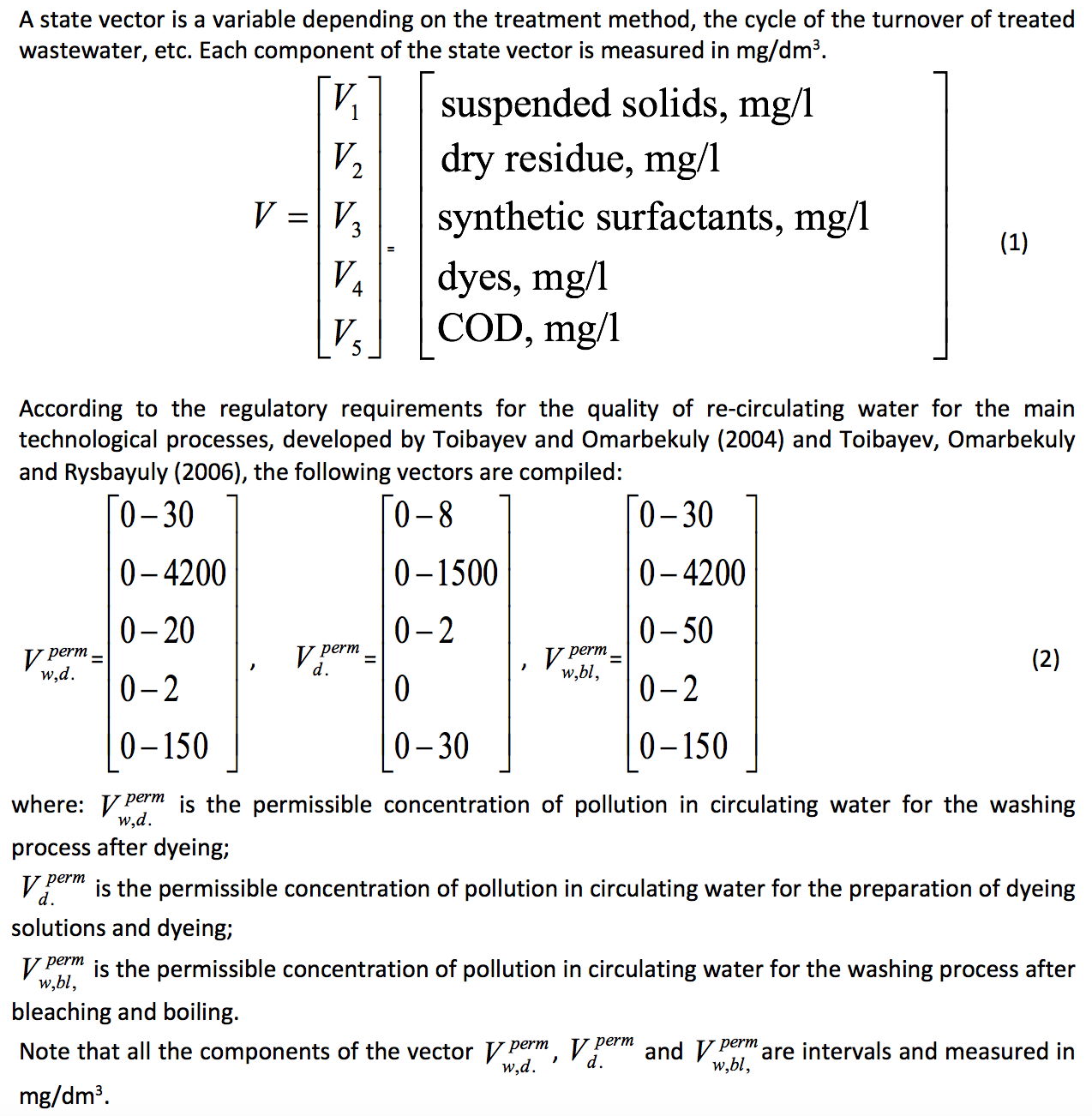




Figure 1 (a, b). Technological model of the treatment scheme of slightly polluted and heavily polluted streams
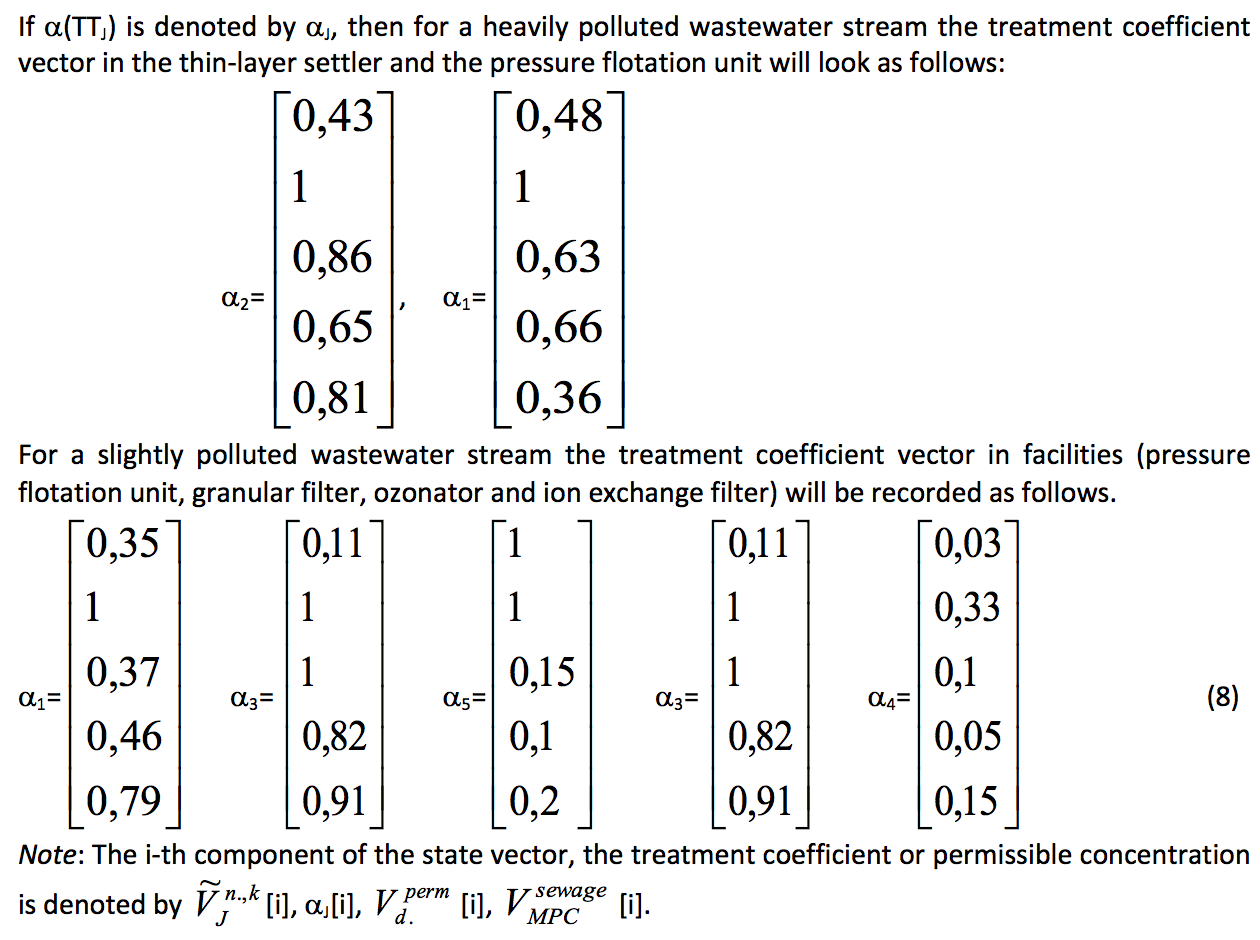
After the next treatment cycle, the state vector receives a new value, which is obtained from the old one by multiplying the components by the corresponding components of the treatment coefficient vector.
The standard definition of the scalar product of two vectors is given by Bronstein I.N. and Semendyaev K.A. (1981) and Lancaster P. (1982). In our case, the above products of two vectors are unacceptable. In this regard, based on the technological cycle of finishing textile materials and setting research objectives, we propose another product of two vectors. In this case, the product of two vectors will again be a vector (Toibayev et al., 2016; Zhizhilev, 2002).


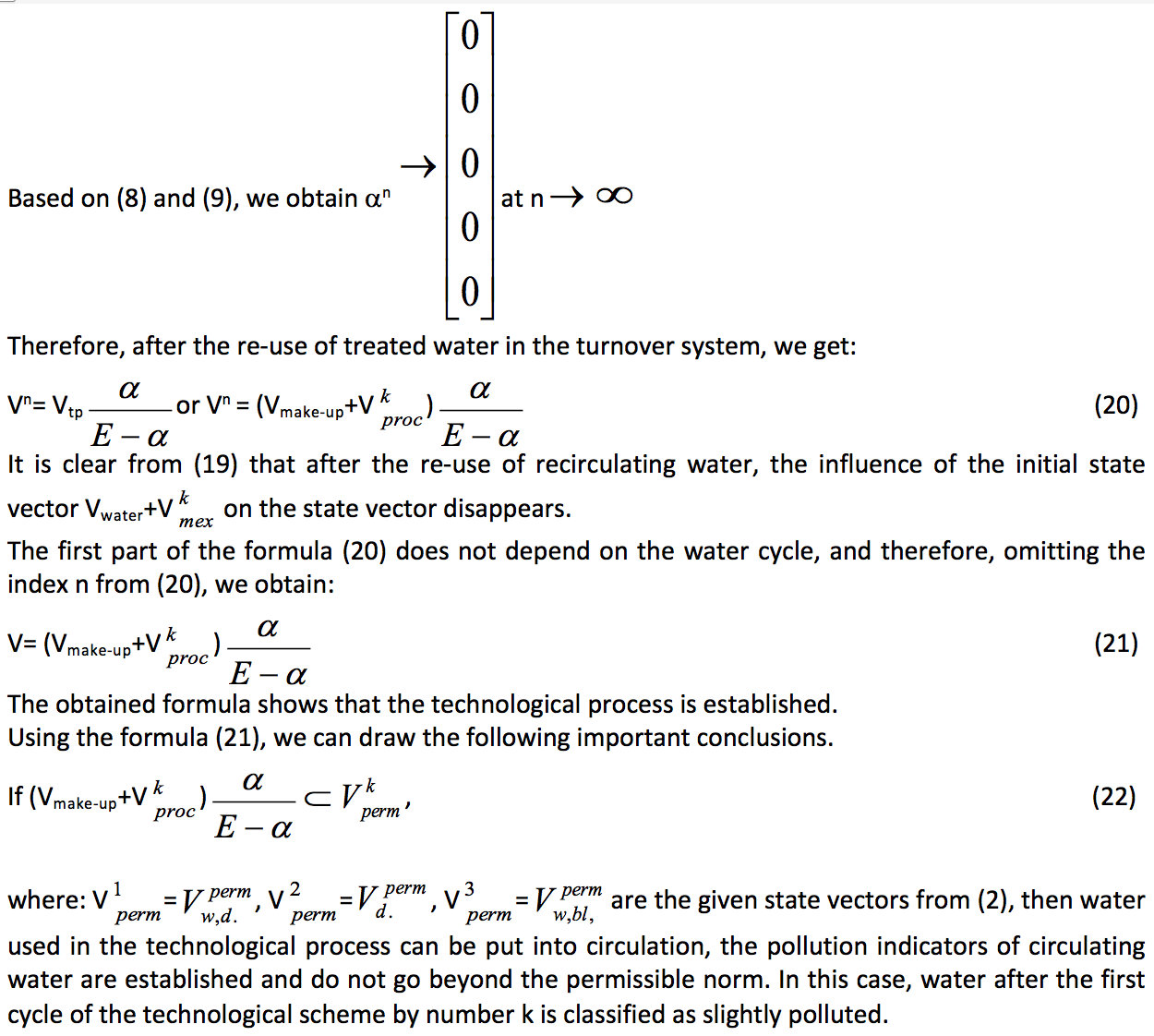
If the inclusion (22) for the processing line by number k is not performed, wastewater is classified as heavily polluted. Therefore, after preliminary treatment, such water can be discharged into the sewage system immediately or after several (two, three) circulations. In this case, the process of circulating water pollution is established, but the inclusion (22) will be violated.

Note. In the process of wastewater treatment, a number of factors influence the value of the coefficients (8). By changing some controlled parameters of individual water treatment facilities, one can reduce the value of the treatment coefficient vector (8), i.e. increase the efficiency of individual treatment facilities and the technological treatment scheme in general. Therefore, the next section will consider the functional scheme of wastewater treatment in accordance with Figure 1.


Figure 2. Functional model of wastewater treatment technology
Using Figure 2, we compose the elements of a functional model of the technological treatment scheme of slightly and heavily polluted wastewater (see Figure 1a, b). Figures 3-7 show the functional diagrams of individual facilities of the technological treatment scheme.
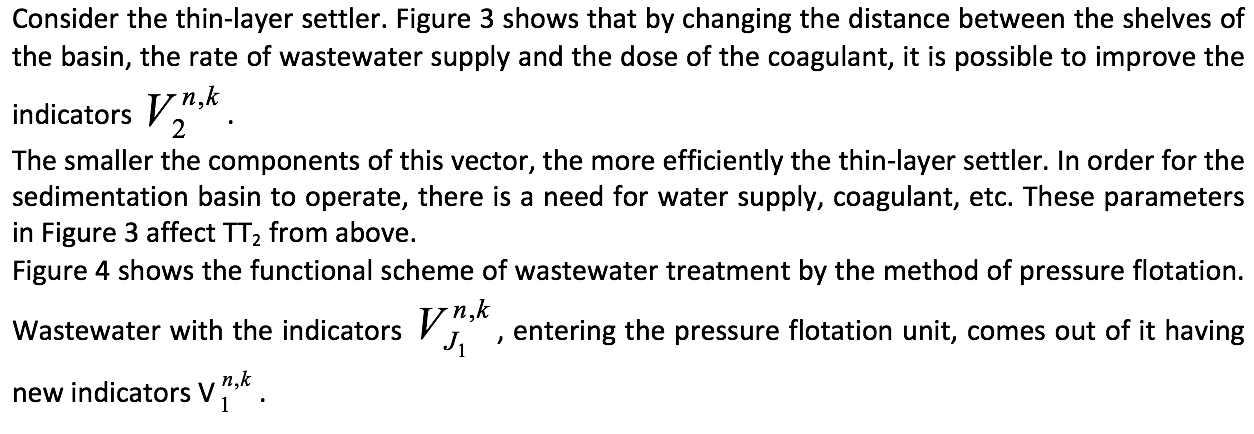

Figure 3. Functional scheme of the thin-layer settler
----
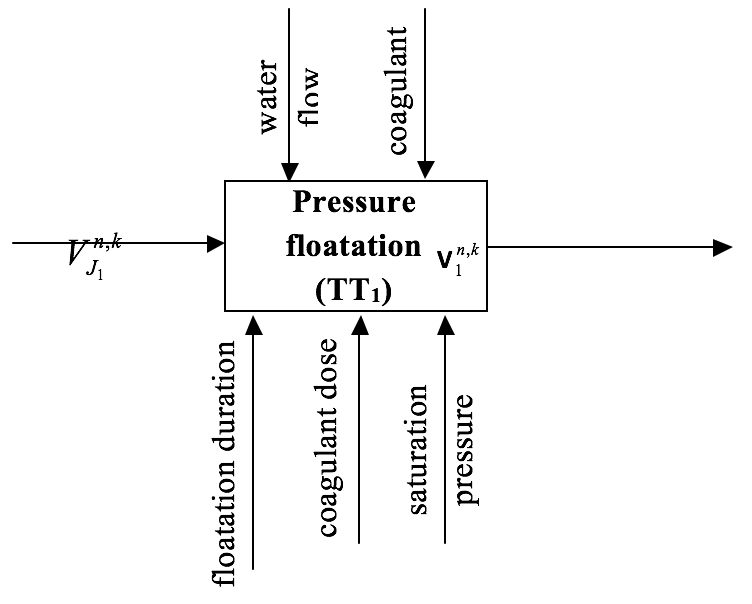
Figure 4. Functional scheme of the pressure floatation unit

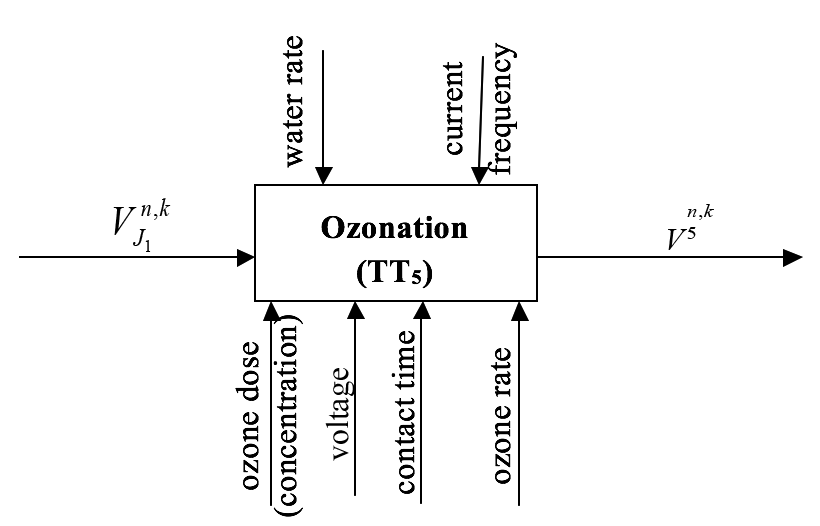
Figure 5. Functional scheme of the ozonator
The optimum ozone dose is determined by the ozone flow rate, the water supply rate to the column, and the contact time (reaction rate). Therefore, these parameters in the ozonation of water are attributed to the controlled parameters of the ozonator.

Figure 6. Functional scheme of the granular filter
-----
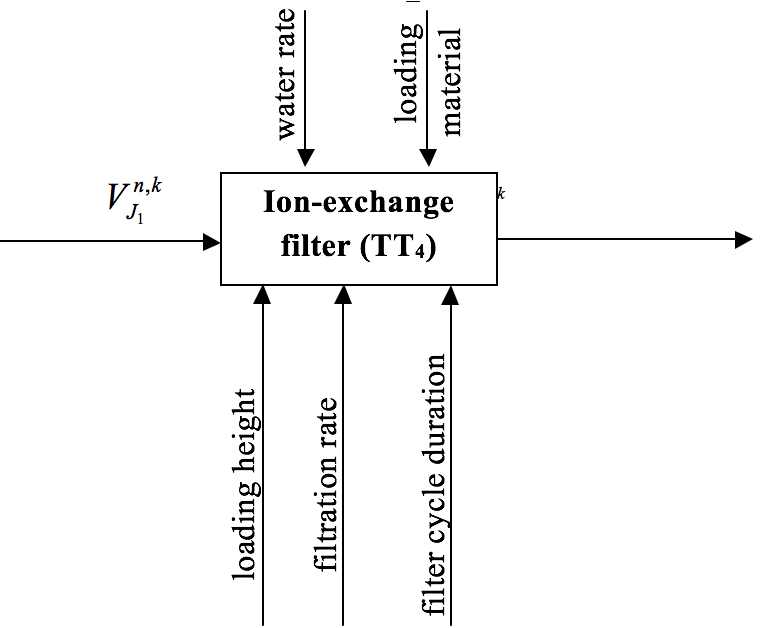
Figure 7. Functional scheme of the ion-exchange filter
The functional technological treatment scheme of a heavily polluted stream (see Figure 8) is based on the functional schemes of individual facilities (Figures 3-4) and on the basis of the structural scheme of wastewater treatment (Figure 1b). As can be seen from Figure 8, by controlling the parameters (the distance between the shelves, the water supply rate, the dose of the coagulant of the thin-layer settler (TT2), and the duration of flotation, the coagulant dose and the saturation pressure of the pressure flotation tank TT1), we achieve the inclusion of ![]() . After that, treated water is discharged into the city sewage system.
. After that, treated water is discharged into the city sewage system.

Figure 8. Functional treatment scheme of a heavily polluted stream


Figure 9. Functional treatment scheme of a slighly polluted stream
Analyzing the experiments carried out in this study, it is possible to form the vectors of the treatment coefficient for a heavily polluted stream:


Therefore, a treated, slightly polluted stream using the main parameters of the treatment coefficient vector and certain values of the optimum control parameters of treatment facilities obtained as a result of the experimental studies can be directed to reuse in the technological process of finishing textile materials and products. For this, it is necessary to additionally conduct technological tests to check the suitability of treated water for the washing and dyeing of textile materials.
The effective operation of water treatment facilities is ensured, first of all, by their qualitative design. The design loads on the technological scheme of treatment in general and on each element of treatment facilities should at least be correctly calculated, based on the accepted pollution indicators of original, treated and circulating water. The determination of these loads on each facility is of paramount importance when solving the problem of project rationalization, optimization and technological modeling.
By changing the controlled parameters and the values of the treatment coefficient vector of a heavily polluted stream in the functional technological scheme, it is possible to achieve the inclusion of V![]()
![]() VMPC where treated water is sent for discharge into the city sewage system for further joint treatment with municipal wastewater.
VMPC where treated water is sent for discharge into the city sewage system for further joint treatment with municipal wastewater.
In order to include Vn,k ![]() Vperm in a slightly polluted stream, treated water is sent to the re-circulating water supply system of the finishing enterprise.
Vperm in a slightly polluted stream, treated water is sent to the re-circulating water supply system of the finishing enterprise.
By changing the controlled treatment parameters in the functional technological scheme, it is possible to create an environmentally friendly system of re-circulating water supply for finishing enterprises of light industry and to solve the problems of environmental pollution by sewage in the regions where they are located.
Bronstein, I.N. & Semendyaev, K.A. (1981). A handbook on mathematics for engineers and students of vocational technical institutes. Moscow: Nauka.
Lancaster P. (1982). The theory of matrices. Moscow: Nauka.
Toibayev, K., Jartaeva, D., Taubaldieva, A., Junussov, T., Pyak, O., Kassabekova, G. & Aldabergenova, G. (2016). Optimization of the technological treatment process of wastewater of finishing enterprises. Research Journal of Pharmaceutical, Biological and Chemical Sciences, 7(4), 1982-1998.
Toibayev, K.D. & Omarbekuly, T. (2004). Development of requirements for the quality of recirculating water for light industry finishing industries. Al-Farabi KazNU: Ecological series, 2(15), 44-48.
Toibayev, K.D. & Slyambaeva, A.K. (2016). Technical-ecological and economic evaluation of resource-saving technologies in light industry enterprises. Proceedings of the International Scientific Conference "Actual Scientific Research in the Modern World", Ukraine, Pereyaslav-Khmelnitsky: no. 9(17), Part 1, 86-92.
Toibayev, K.D. & Taubaldiyeva, A.S. (2016). Ecologically efficient re-circulating water supply system for light industry finishing enterprises. Monograph. Almaty: MEK-KazGASA.
Toibayev, K.D. (2012). Functional model of process wastewater treatment. News of Higher Educational Institutions of the Kyrgyz Republic, 1, 21-24.
Toibayev, K.D., Omarbekuly, T. & Rysbayuly, B. (2006). Development of mathematical and functional wastewater treatment models of finishing industries. Bulletin of T. Ryskulov KEU, 1, 250-257.
Toibayev, K.D., Taubaldiyeva, A.S. & Kassabekova, G.T. (2015). Water treatment technologies: water balance of the enterprise, technological modeling, environmental assessment. Scientific collection of proceedings: LAMBERT Academic Publishing, Saarbrucken, Germany.
Zhizhilev, V.I. (2002). The optimal strategies for profit making in the FOREX market and the securities market. Moscow: Financial Consultant.
1. Dr. Sci. (Engineering), Kazakh Leading Architectural and Civil Engineering Academy, Almaty, Kazakhstan.
2. Cand.Sci (Engineering), Kazakh Leading Architectural and Civil Engineering Academy, Almaty, Kazakhstan.
3. Cand.Sci (Engineering), International Education Corporation, Almaty, Kazakhstan
4. Cand.Sci (Engineering ), Kazakh Leading Architectural and Civil Engineering Academy, Almaty, Kazakhstan.
5. Cand.Sci (Engineering), Kazakh Leading Architectural and Civil Engineering Academy, Almaty, Kazakhstan.
6. Engineer, Kazakh Leading Architectural and Civil Engineering Academy, Almaty, Kazakhstan
7. M.Sci. (Engineering), Kazakh Leading Architectural and Civil Engineering Academy, Almaty, Kazakhstan